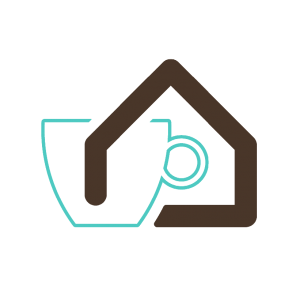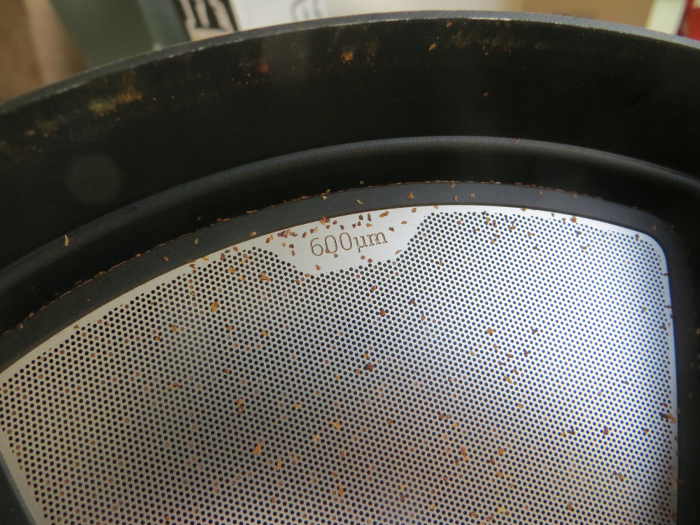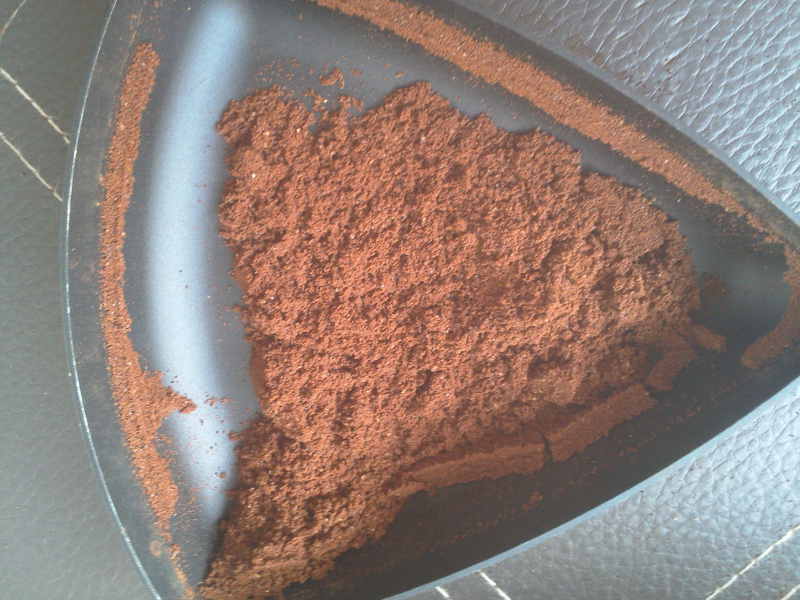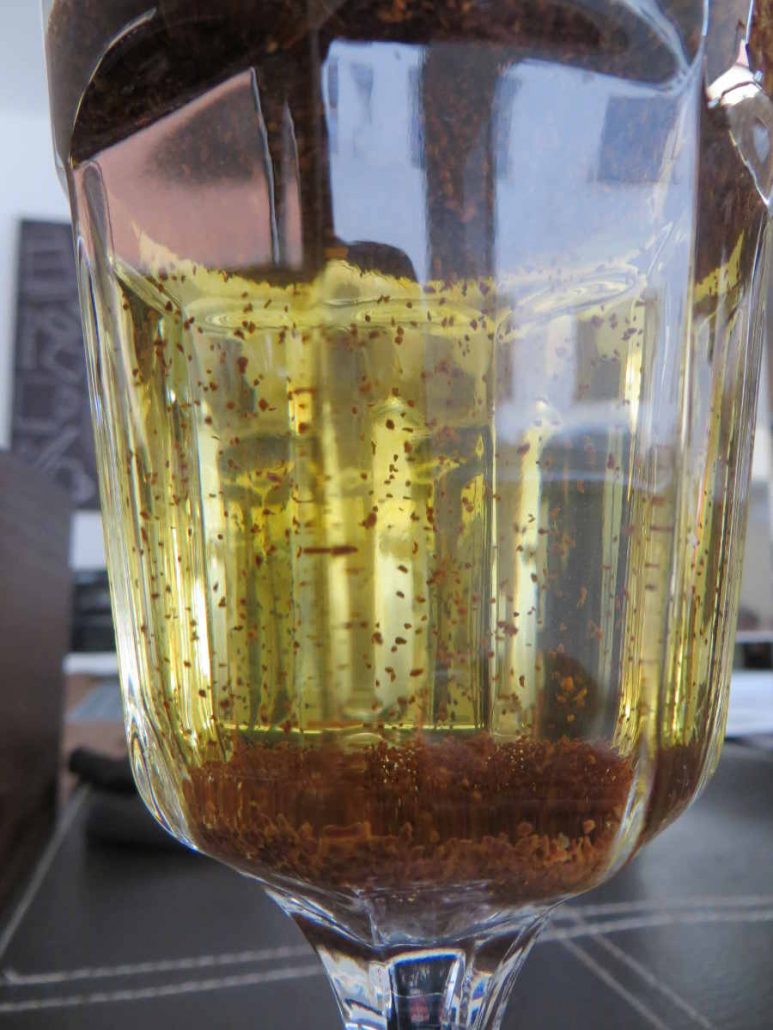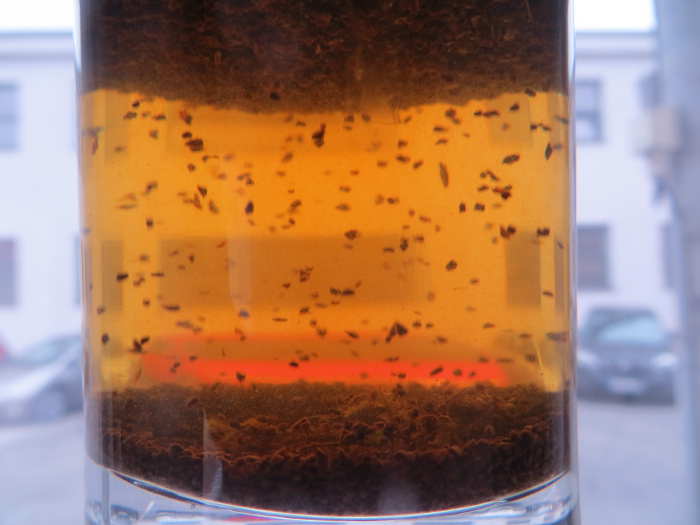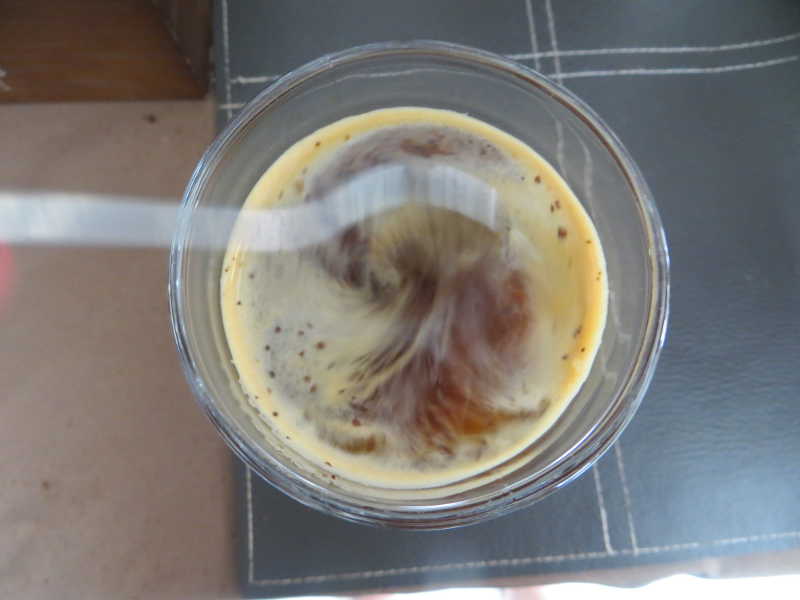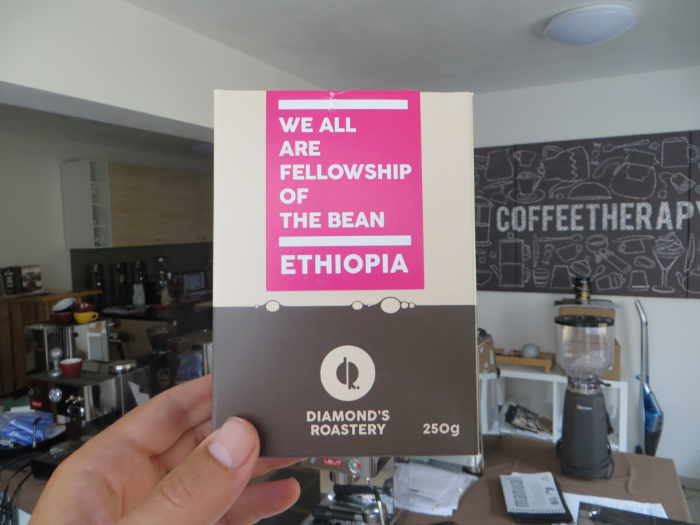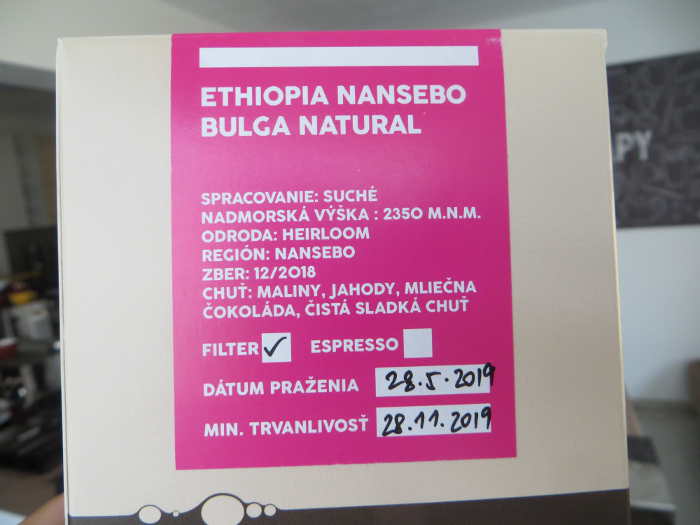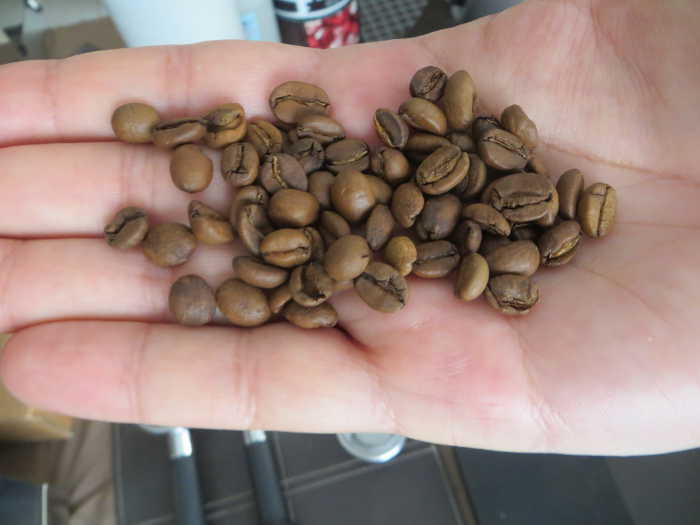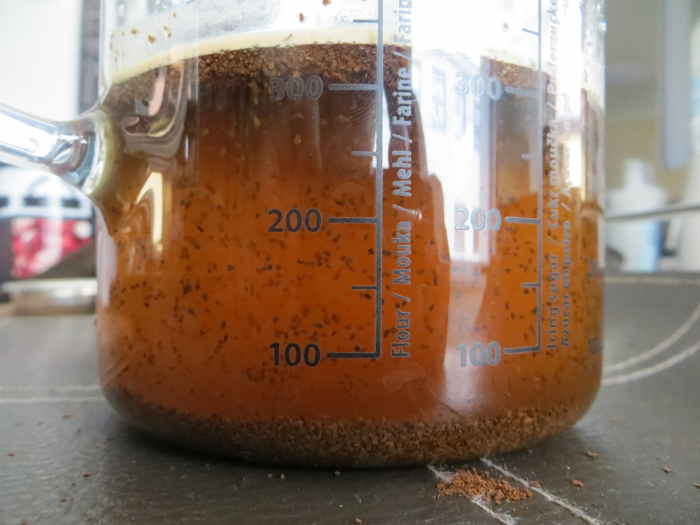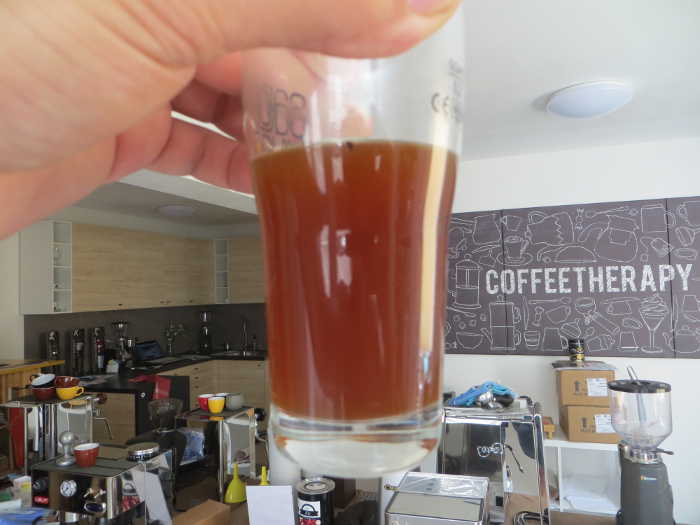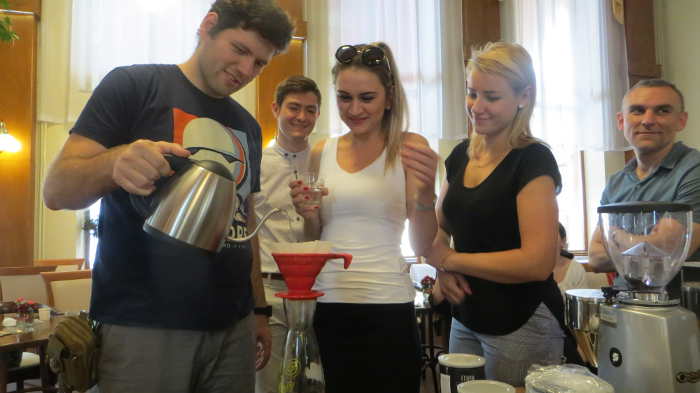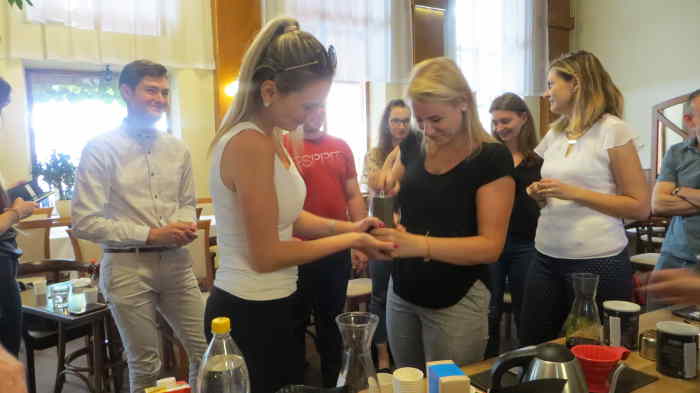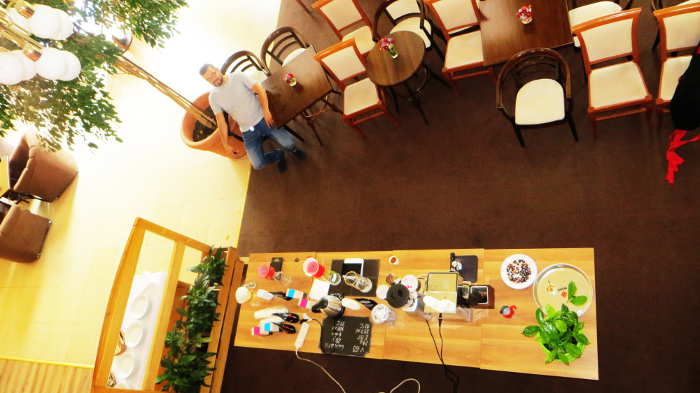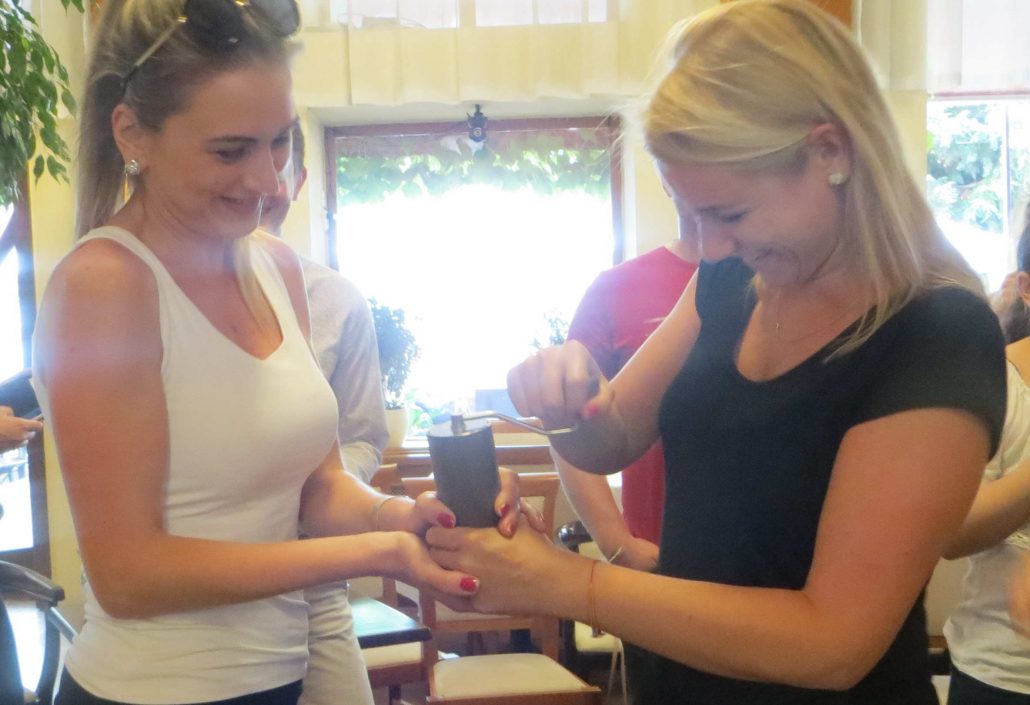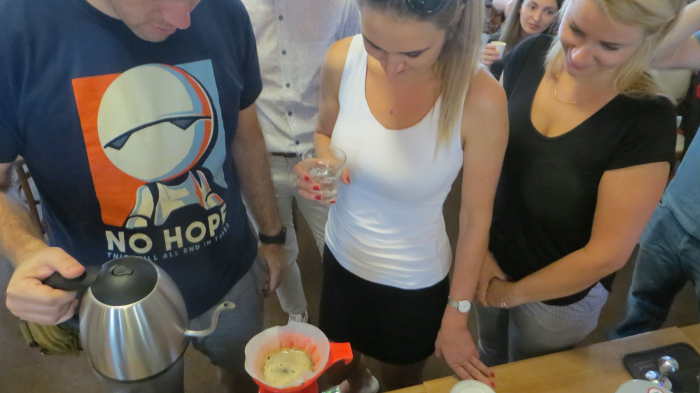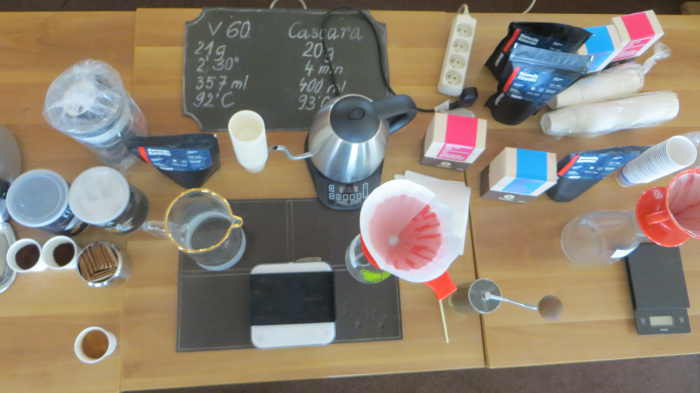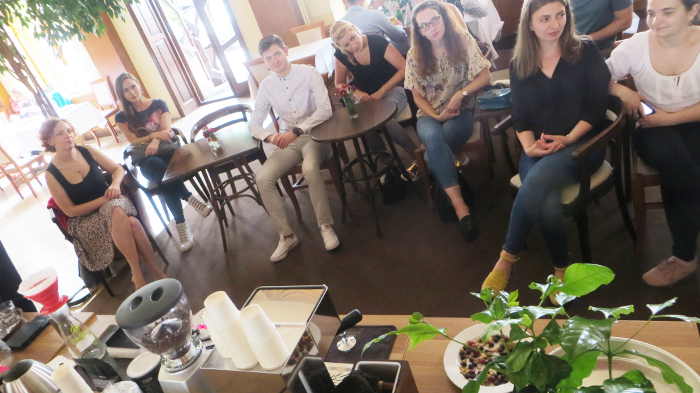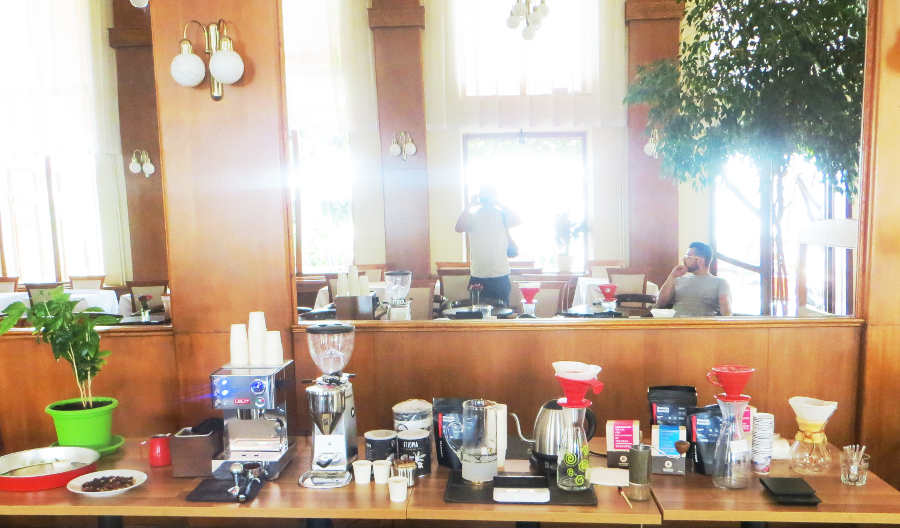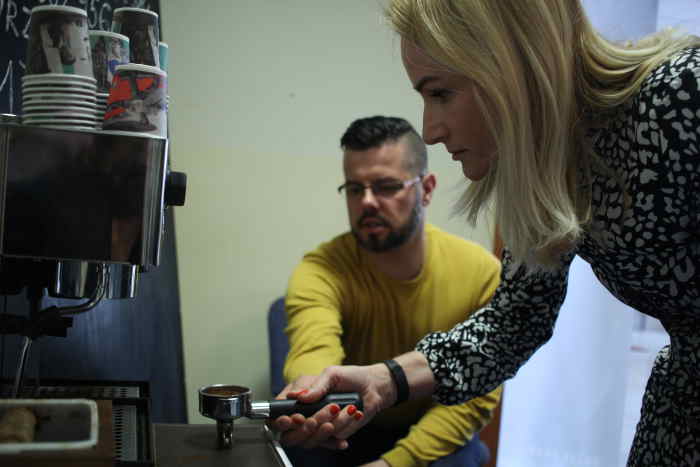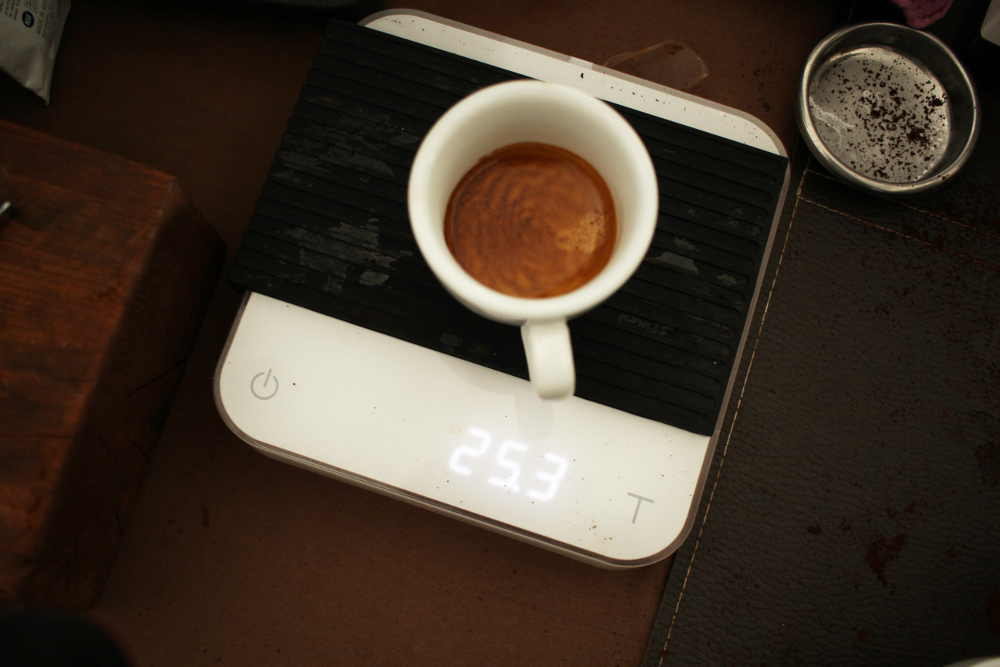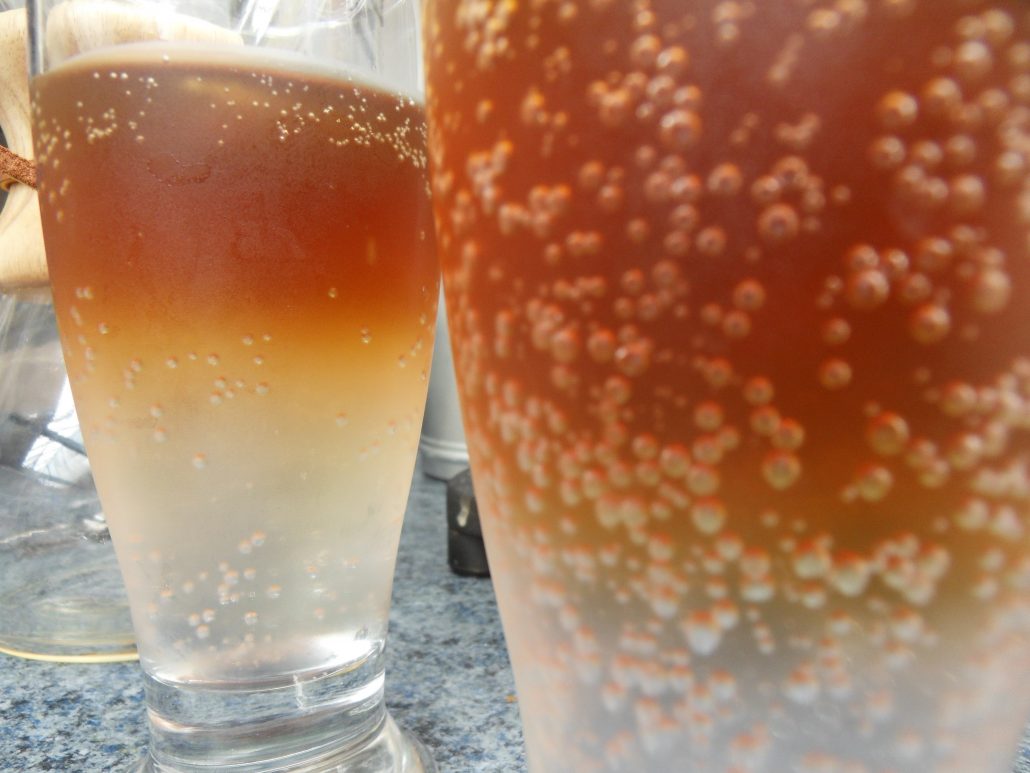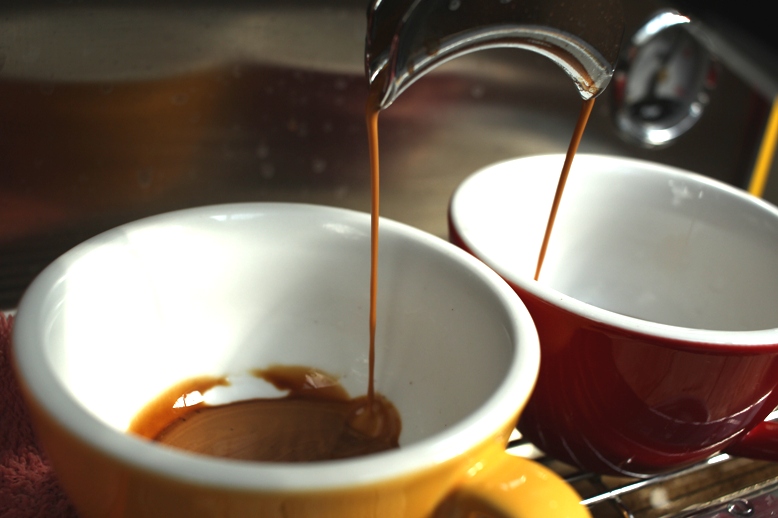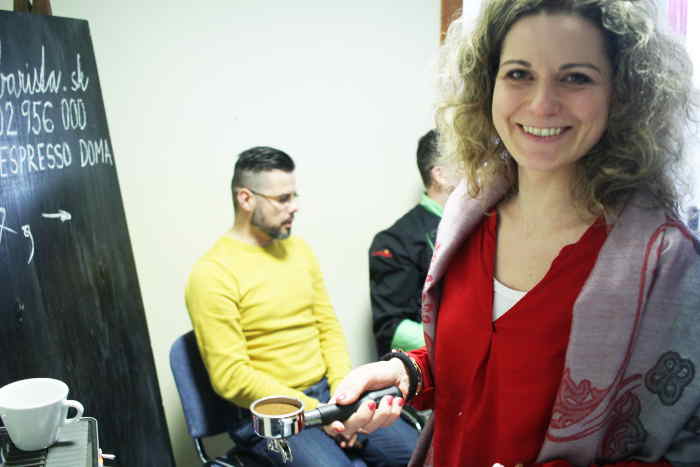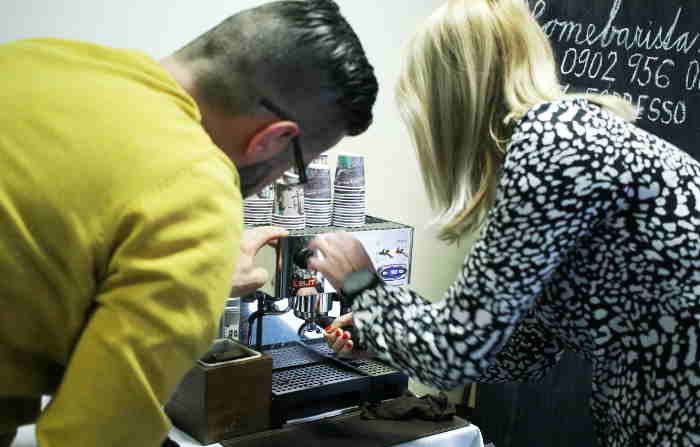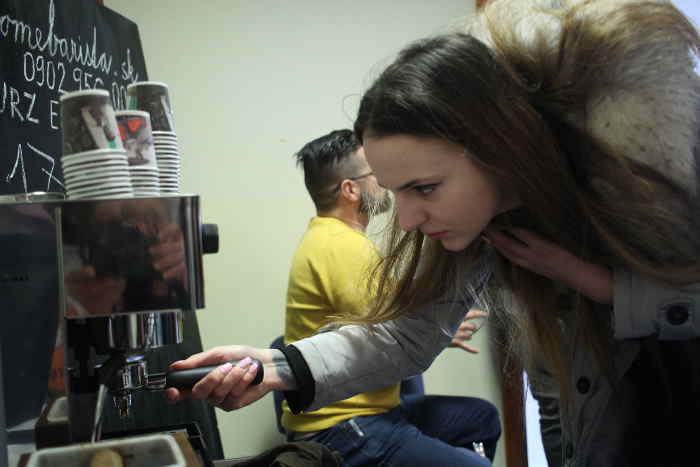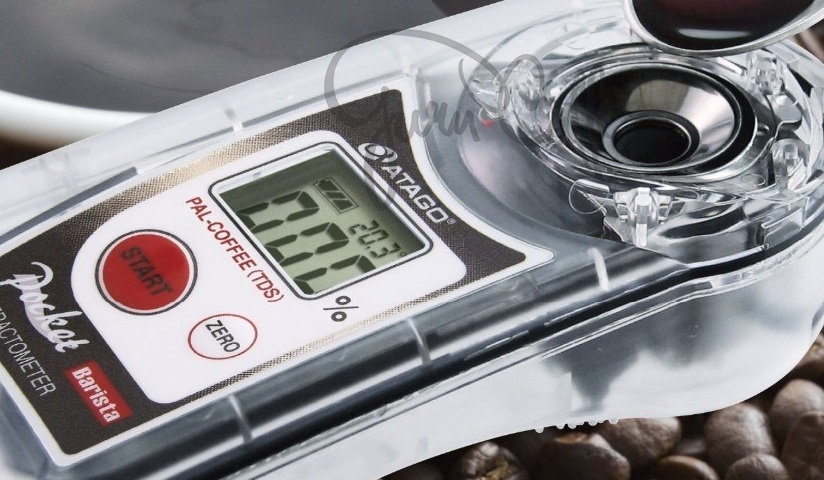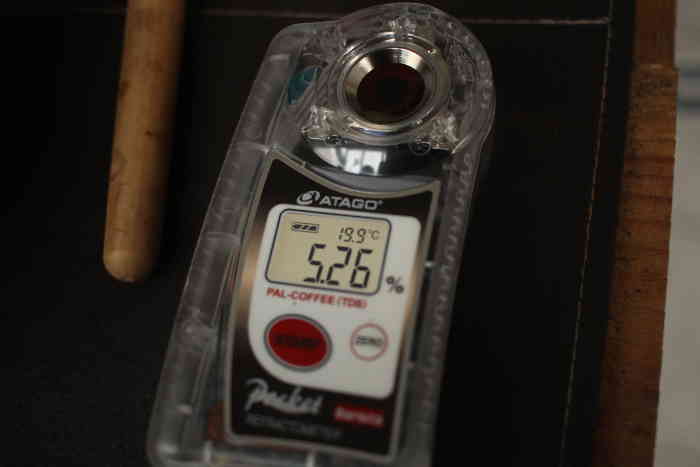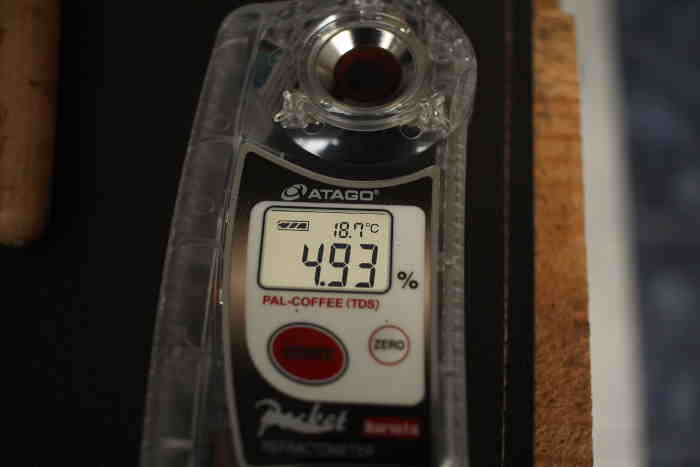http://homebarista.sk/wp-content/uploads/2017/07/HB_LOCw-300x300.png
0
0
Peter Doboš
http://homebarista.sk/wp-content/uploads/2017/07/HB_LOCw-300x300.png
Peter Doboš2023-05-03 08:32:202023-08-10 09:51:25homebarista.cz video s váma děkujeme za návštevu
http://homebarista.sk/wp-content/uploads/2017/07/HB_LOCw-300x300.png
0
0
Peter Doboš
http://homebarista.sk/wp-content/uploads/2017/07/HB_LOCw-300x300.png
Peter Doboš2023-04-25 10:28:292023-04-25 10:32:25What is difference between pressure profiling and flow profiling
http://homebarista.sk/wp-content/uploads/2017/07/HB_LOCw-300x300.png
0
0
Peter Doboš
http://homebarista.sk/wp-content/uploads/2017/07/HB_LOCw-300x300.png
Peter Doboš2023-04-18 14:17:482023-04-18 19:17:45Lelit Bianca pl162t v3 Lance VIDEO tutorial: low flow and offset explained
http://homebarista.sk/wp-content/uploads/2017/07/HB_LOCw-300x300.png
0
0
Peter Doboš
http://homebarista.sk/wp-content/uploads/2017/07/HB_LOCw-300x300.png
Peter Doboš2023-04-18 09:43:002023-04-18 09:52:33HOMEBARISTA.CZ VIDEO JAK UDĚLáM HOME MADE COLD BREW NITRO
http://homebarista.sk/wp-content/uploads/2017/07/HB_LOCw-300x300.png
0
0
Peter Doboš
http://homebarista.sk/wp-content/uploads/2017/07/HB_LOCw-300x300.png
Peter Doboš2023-04-13 16:47:092023-04-14 11:18:22Homebarista.cz video: co je to affogato co je to flat white co je to espresso tonic
http://homebarista.sk/wp-content/uploads/2017/07/HB_LOCw-300x300.png
0
0
Peter Doboš
http://homebarista.sk/wp-content/uploads/2017/07/HB_LOCw-300x300.png
Peter Doboš2023-04-13 12:25:372023-04-14 11:29:28Homebarista.cz Jak doma uděláš perfektní espresso shot?
https://espressodoma.cz/wp-content/uploads/2019/06/full-immersion.jpg
525
700
Peter Doboš
http://homebarista.sk/wp-content/uploads/2017/07/HB_LOCw-300x300.png
Peter Doboš2019-06-20 14:05:192019-06-20 16:04:56kruve sada sitiek preosievanie výberovej kávy aneb coffeeporn
https://espressodoma.cz/wp-content/uploads/2019/05/etiopia-nansebo-natural-bulga-suche-heirloom.jpg
525
700
Peter Doboš
http://homebarista.sk/wp-content/uploads/2017/07/HB_LOCw-300x300.png
Peter Doboš2019-06-19 10:21:372019-06-20 11:10:35Diamond´s roastery ethiopia heirloom nansebo bulga natural
https://espressodoma.cz/wp-content/uploads/2019/06/pre-firmy-workshopy-teambuildingy-s-kavou.jpg
393
700
Peter Doboš
http://homebarista.sk/wp-content/uploads/2017/07/HB_LOCw-300x300.png
Peter Doboš2019-06-12 11:22:472019-06-12 11:32:22Teambuilding zážitkový kávový workshop pre firmy: formičky pre firmičky
https://espressodoma.cz/wp-content/uploads/2018/12/refraktometer-pal-coffee-tds-bratislava-banska-bystrica.jpg
480
824
Peter Doboš
http://homebarista.sk/wp-content/uploads/2017/07/HB_LOCw-300x300.png
Peter Doboš2018-12-15 17:57:022019-05-28 15:23:00Do slovenských kín prichádza: REFRAKTOMETER 1! Espresso trass sa!
